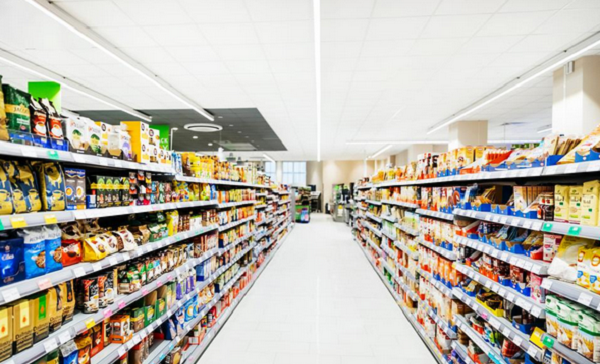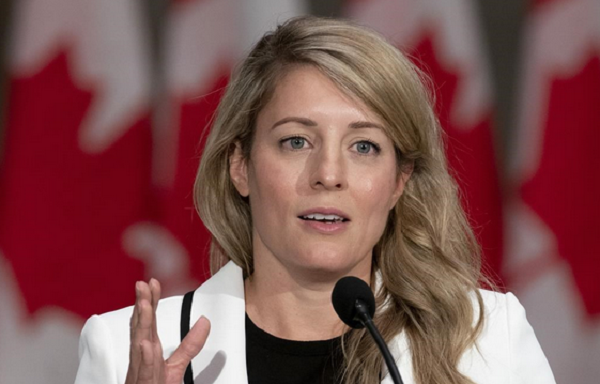Inflation rate on groceries slowed in March, but not in restaurants as price growth remains strong
Inflation on groceries continued to slow in March, rising just 1.9 per cent compared with a year earlier.
That’s down from February’s annual rate of 2.4 per cent and a far cry from the peak of grocery inflation at 11.4 per cent in late 2022 and early 2023.
Persistently rising grocery prices have been a thorn in Canadians’ side as shelter costs and interest rates have climbed as well. Canada’s major grocers have been under fire from politicians, with the government last fall calling on the companies to present their plans to mitigate food inflation.
The pressure has led more shoppers to seek out relief at discount grocery stores, or by buying private-label products instead of brand-name. The major grocery chains have responded by opening or converting more discount stores, in particular Loblaw, which opened more than 30 new Maxi and No Frills stores last year.
But while grocery inflation has steadily declined in recent months, that won’t necessarily translate into relief in the short-term.
RBC Capital Markets analyst Irene Nattel pointed out that food prices have risen significantly over the past couple of years, compounding and remaining a significant headwind for household budgets.
Because of this, shoppers are likely to continue “value-seeking behaviours” like going to discount stores and choosing private-label or on-sale products, Nattel said in a note.
And while grocery inflation has been moderating, inflation at restaurants appears more stubborn.
In March, prices for food purchased from restaurants rose 5.1 per cent from a year earlier, the same rate as in February and January.
That was led by fast food and take-out restaurants, where prices rose 6.4 per cent in March from a year ago.
The industry has been struggling, Restaurants Canada said, with almost two-thirds of restaurants operating at a loss or barely breaking even.
In a February report, the association said bankruptcies in the industry last year were at their highest annual figure in a decade.
One of the main factors putting pressure on the sector has been weak sales, said Restaurants Canada, as consumers continue cutting back on discretionary spending amid rising costs.
Restaurant prices were one of the five biggest contributors to overall inflation in March, Statistics Canada said, along with mortgage interest, rent, gasoline and car insurance premiums.
Overall inflation for March was 2.9 per cent, rising slightly from February.
Food inflation, which includes both groceries and restaurants, was three per cent in March.
This article was first reported by The Canadian Press












